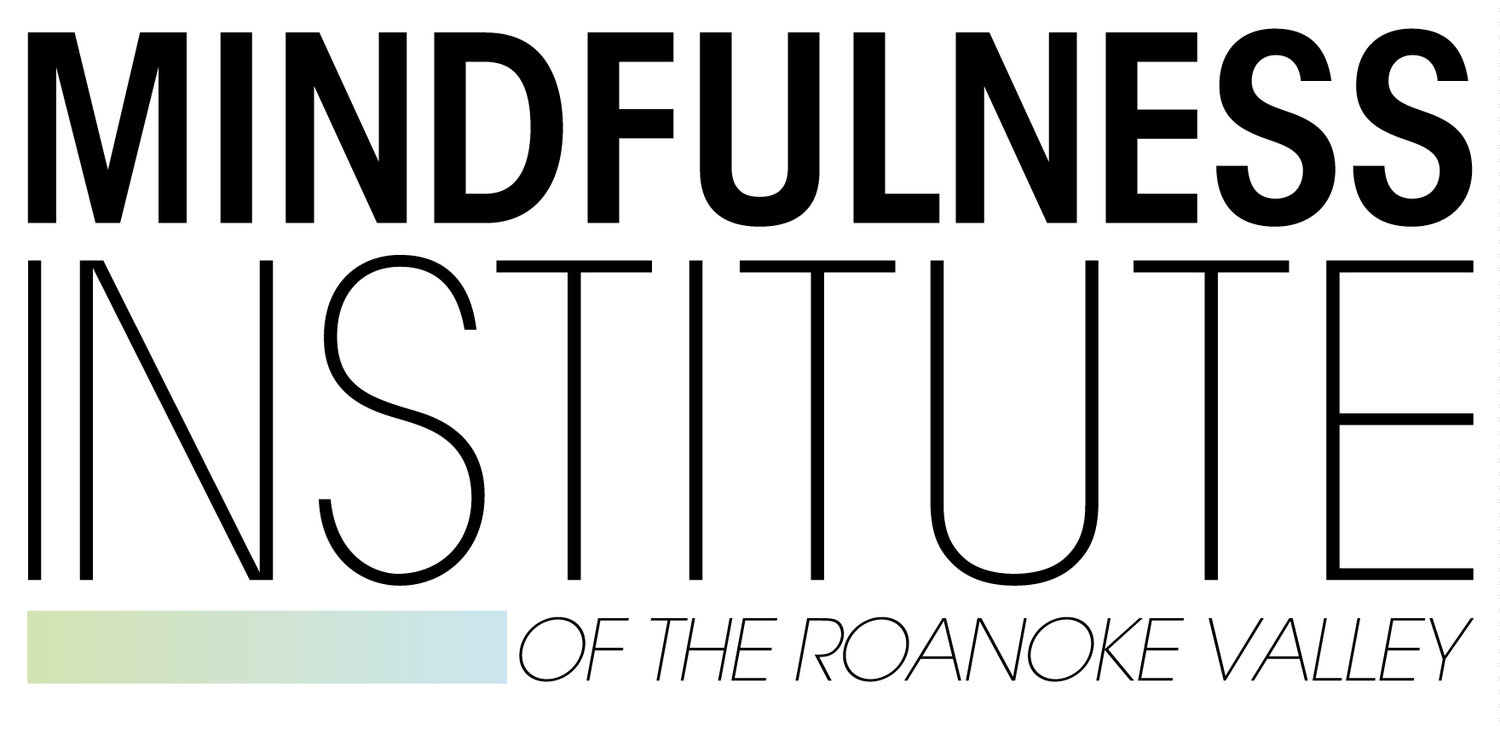Mindfulness
Francis C. Dane
As someone who does research on mindfulness, I’m often asked what exactly is mindfulness. There are multiple definitions.
One definition comes from the eastern, meditative tradition and characterizes mindfulness as a way of life that involves becoming aware of yourself fully. You take in your thoughts, actions, and very presence as they exist and appreciate the essence of being in that moment.
Another definition comes from the stress-reduction tradition and focuses on mindfulness as a technique to bring about acceptance of your present experience, inclusive of even distractions. You use meditation to assist in emotional regulation, worry avoidance, and pain management to bring about relaxation.
Still another definition involves not putting things into categories automatically. Rather, you use the context of a situation to avoid routine behavior and solve problems adaptively and creatively.
There are other definitions of mindfulness, but they all, I think, come down to a simple essence: pay attention to what you are doing. This, of course, is much easier said than done—much, much easier. How can we be mindful? How do we say “no” to everything else and pay attention to just this one thing we are doing?
First, it’s not “just this one thing”; it’s this and its context. Before analyzing research data, for example, I inspect them to look for obvious errors, such as a 9 on a scale that has values ranging from 1 to 5. I also look for combinations of variables that don’t make sense, such as someone who is 20 years old with 15 years of job experience. Individually, age 20 is not unusual, nor is 15 years of job experience, but together it’s time to call OSHA or there’s an error. Checking for errors enables me to understand the context of the data. Before running an analysis, I inspect the data visually and estimate what the results should be. If the computer and I disagree, I make sure I set up the analysis correctly, and then I look at my visualization to make sure I interpreted it correctly. Either way, I make sure I understand why the discrepancy occurred—context makes me better prepared for next time.
Second, we don’t have to say no to everything else; we just say “not now” as gently as possible. While inspecting my data thoughts about another article I’m writing may come to mind, so I say “not now” to the article and return my focus to the data. While looking for errant combinations of variables I may remember that we need pasta, so I mark where I stopped and write down “need angel hair” and then return my focus to combinations of variables. (Sometimes the distraction is more important than what you are doing.) Whether I say “not now” to myself or I focus temporarily on the intruding thought, I do it without becoming frustrated, because I know that intruding thoughts are inevitable, part of an active mind. The more we practice dealing gently with intruding thoughts, the more mindful we become.

